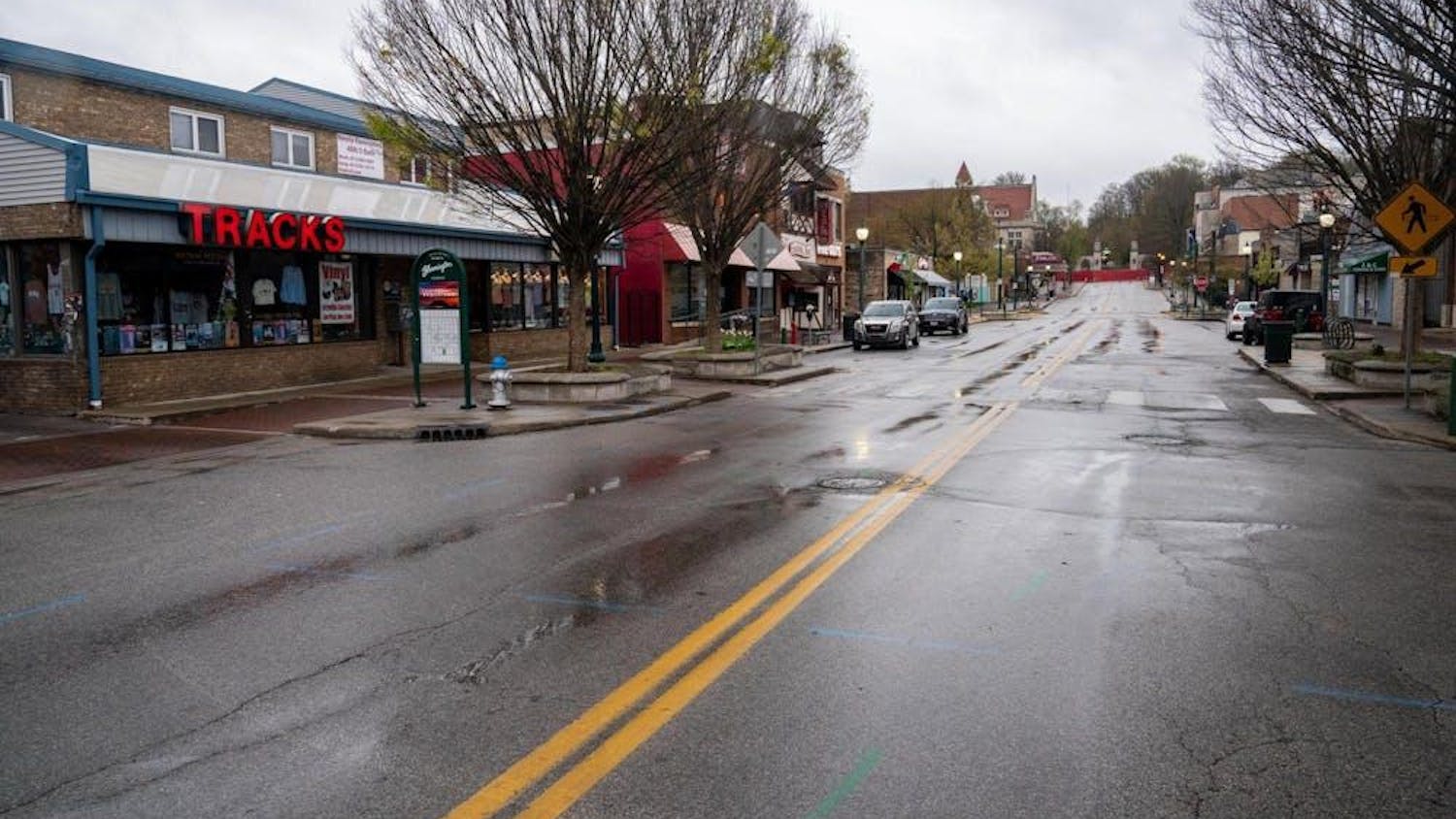As the Earth inches closer to 2°C of average warming above pre-industrial levels, some scientists aren’t just interested in how to cut emissions. They’re also interested in how to buy the planet more time to do so.
Enter climate engineering, and a cohort of researchers at IU playing their part. The discipline seeks to understand and implement ways of intentionally modifying the climate to help slow the timetable of global warming.
“We’re seeing that policies and efforts to cut back on greenhouse gas emissions are inadequate,” said Paul Goddard, assistant research scientist in IU’s department of Earth and atmospheric sciences. “Climate engineering is starting to seem like something that could help mitigate the negative effects of climate change while we also decrease our greenhouse gas emissions.”
Climate engineers study natural processes that result in lower global temperatures with the goal of eventually artificially replicating those processes. Volcanic eruptions, for instance, release compounds into the sky that reflect solar radiation before it enters Earth’s atmosphere. That reflection, in turn, causes cooling.
Goddard studies stratospheric aerosol injection, the insertion of sunlight-reflective particles into the stratosphere to mimic this volcanic process. He also researches marine cloud brightening. Marine cloud brightening aims to increase the number of sunlight-reflective droplets in clouds over oceans to lower sea surface temperatures.
Natural phenomena are an important starting point for climate engineers in their research.
“Earth analogs give us something natural to study before actually implementing changes,” said Jared Farley, PhD candidate in Cornell University’s climate engineering lab. “Brand-new cooling methods might introduce new risks that we haven’t seen before.”
Analyzing these risks is central to climate engineering.
Any nonnatural disruption to the climate, regardless of whether it results in warming or cooling, could affect organisms and ecosystems. Before initiating any significant projects, climate engineers must understand how their work could impact factors like temperature, precipitation and water availability around the world. Otherwise, climate engineering could make environments less habitable when they were supposed to have the opposite effect.
Risk also informs the timeline for deploying climate engineering projects. If scientists end projects too quickly, pre-project temperatures could return at a rate vastly exceeding current warming trends. This phenomenon of “termination shock” would significantly disrupt ecosystems as species were moved too quickly out of their habitable zones.
Still, the consequences of potential inaction weigh heavily.
“What’s happening around the world is kind of scary,” said Ben Kravitz, associate professor in IU’s department of Earth and atmospheric sciences. “The important thing here is to evaluate what are the risks of doing climate engineering, and there are some, and what are the risks of not doing it, and there are plenty of those, as well.”
Termination shock and potentially unsustainable disruptions to temperatures, average weather and water access are serious considerations for climate engineers. However, unmitigated warming carries similar risks. Global warming to 2°C above pre-industrial levels could expose nearly 40% of the world’s population to severe heat. Those levels of warming could also cause water scarcity for hundreds of millions of people.
Climate engineering, then, might still be worth exploring.
Kravitz works with computer models to simulate how Earth systems might react to climate engineers’ changes. While these simulations go over hypotheticals, the technology to begin implementing climate engineering could be ready in the near future. However, Goddard said that doesn’t necessarily mean scientists should turn to climate engineering as soon as they can.
“I want to see first that we’re progressing in the right direction on cutting back on emissions,” Goddard said. “The timeline of projects is directly tied to how much carbon dioxide we’re going to burn. if we continue to ‘burn, baby, burn,’ we’re looking at multiple centuries of doing stratospheric aerosol injection.”
Kravitz said prioritizing developing and deploying climate engineering technology above cutting emissions would be a false fix to a real problem — but that climate engineering could contribute to progress.
“Climate engineering is not a permanent solution to climate change. The permanent solution is, we have to stop putting greenhouse gases into the atmosphere,” Kravitz said. “If we are going to pursue climate engineering, of course there would be risks. But climate change is really scary, and maybe this is something that could help.”




